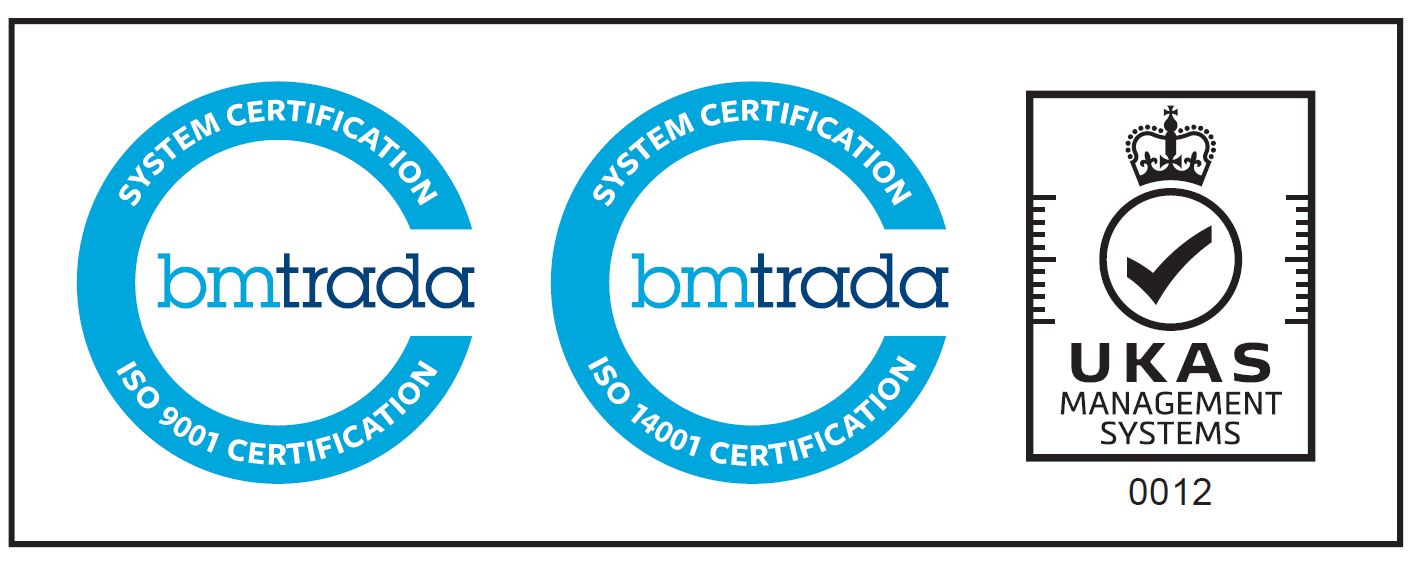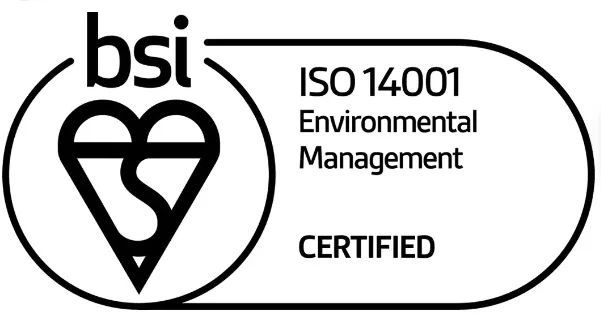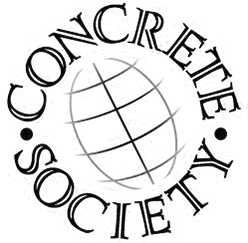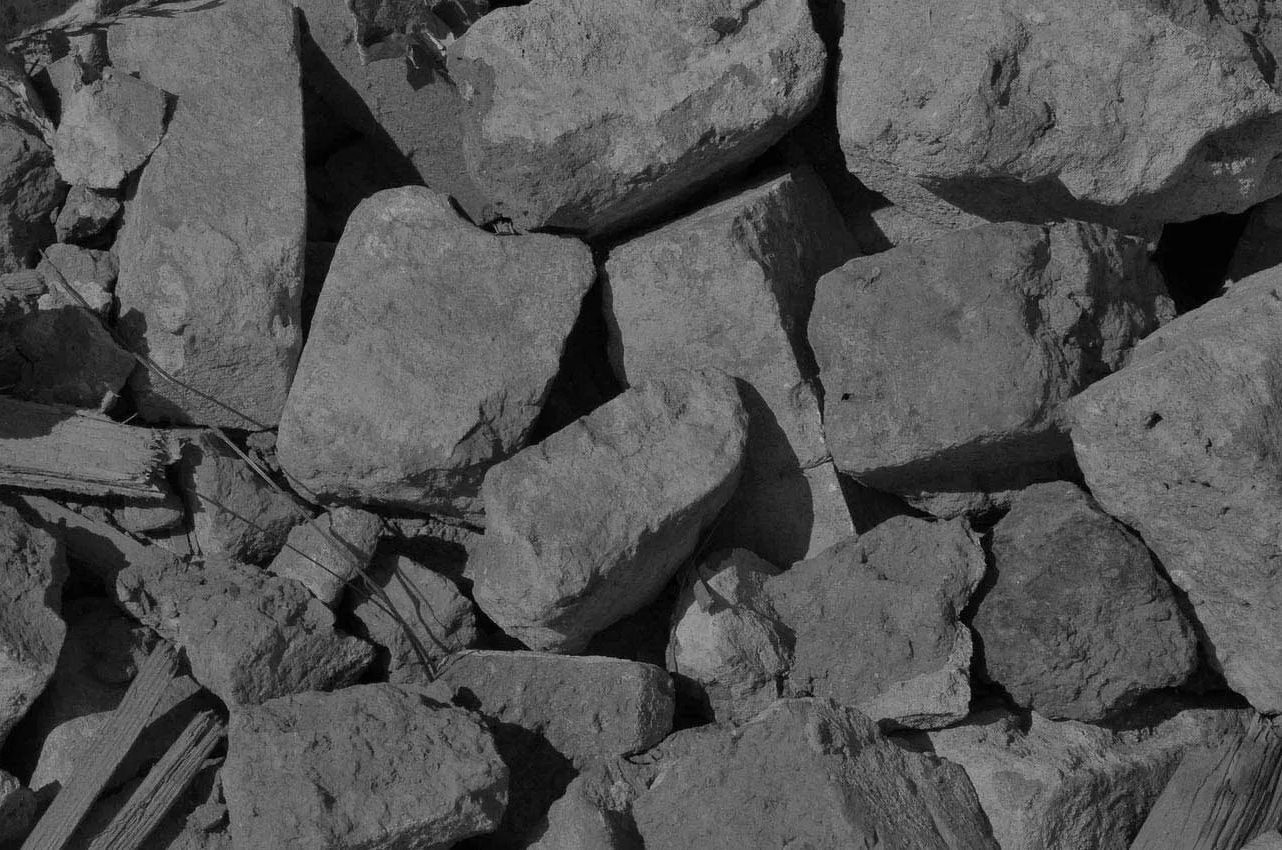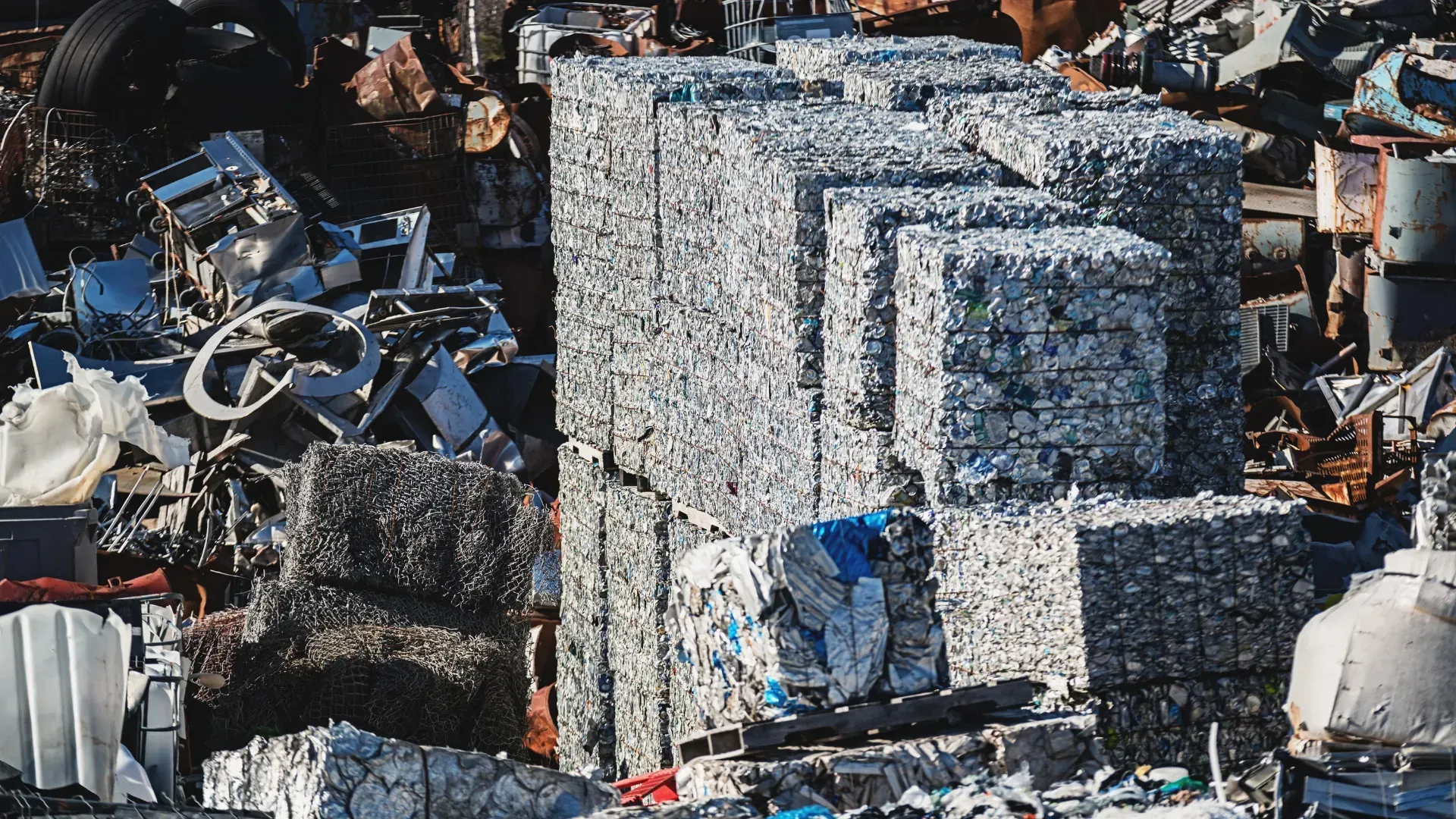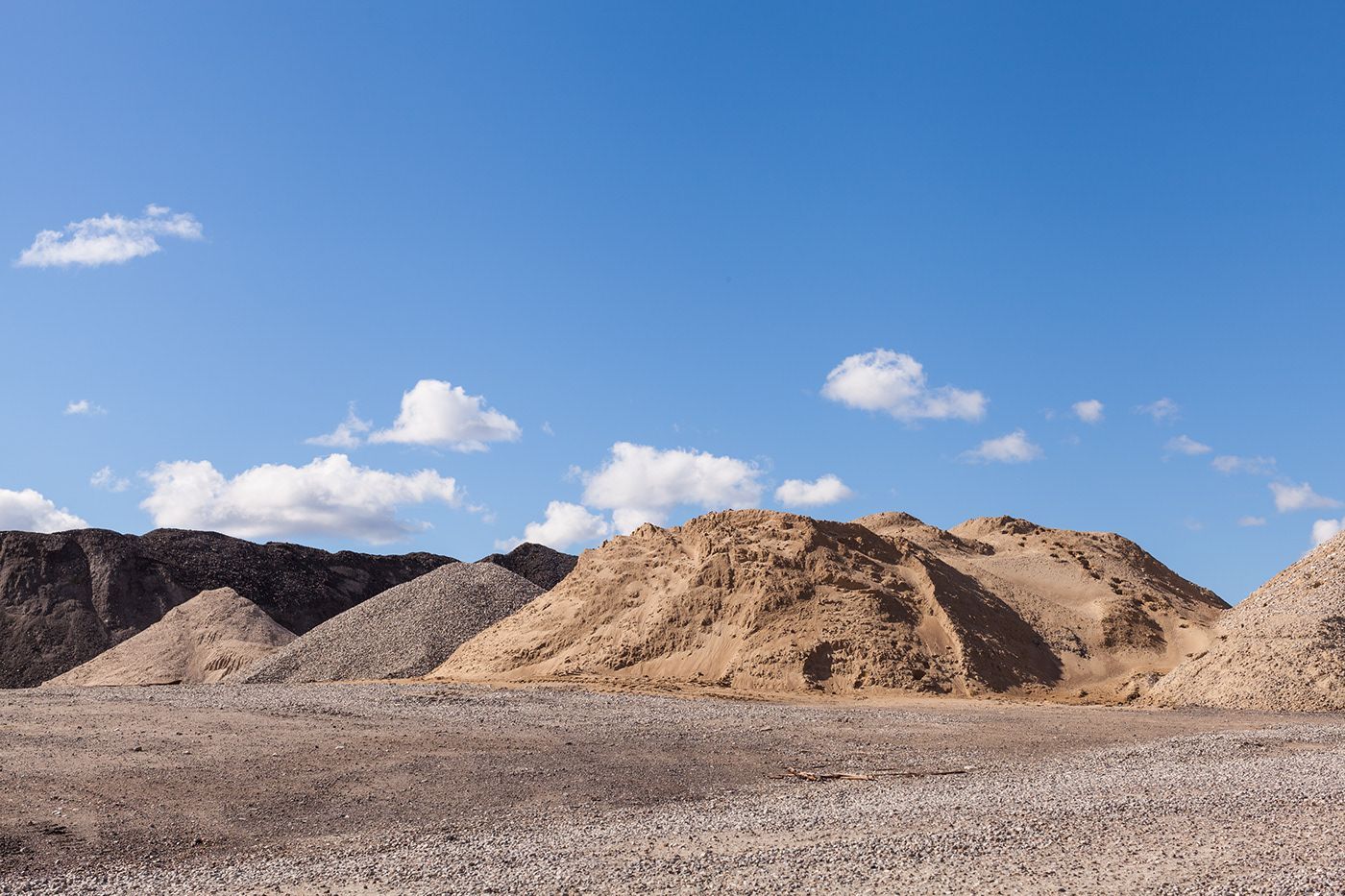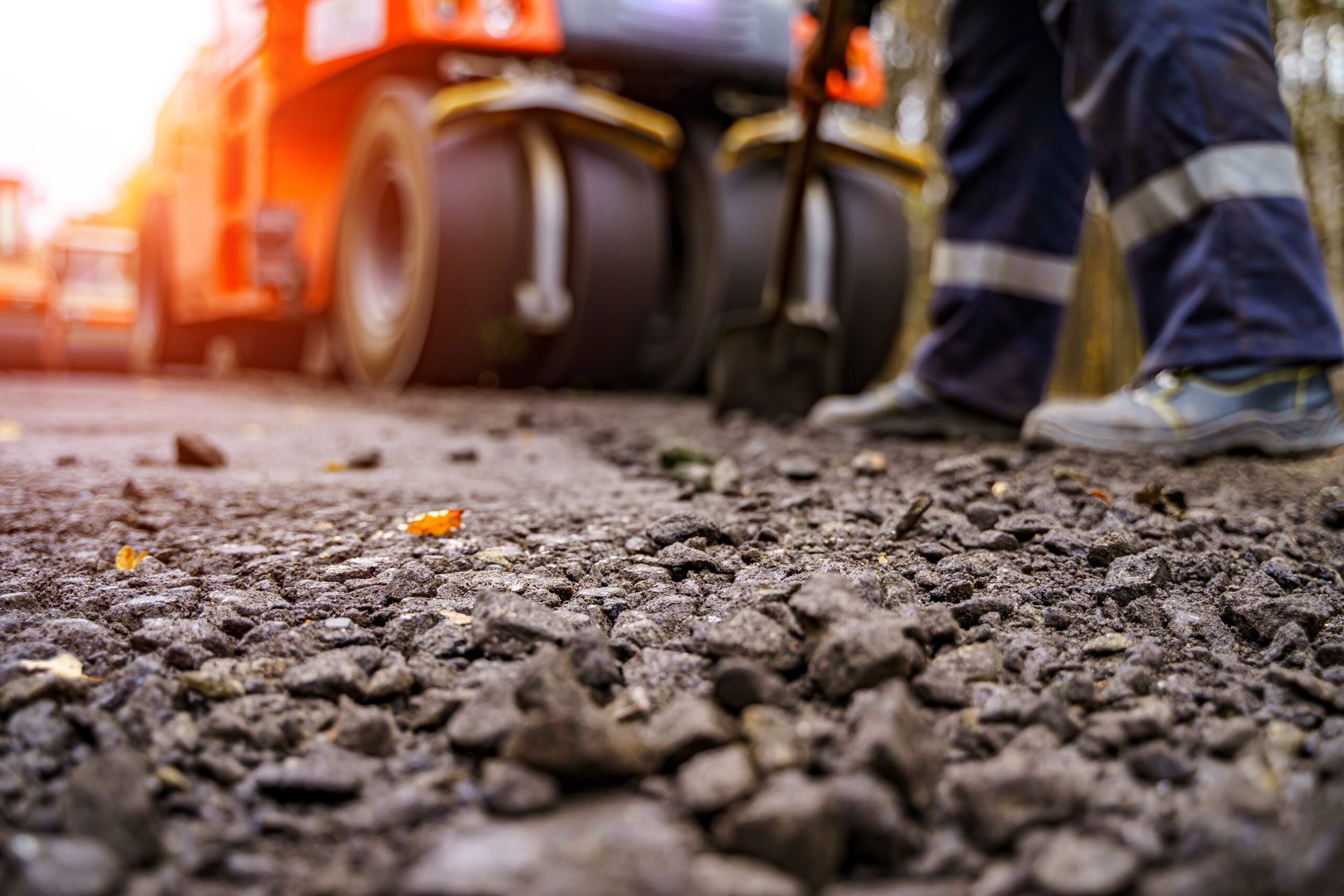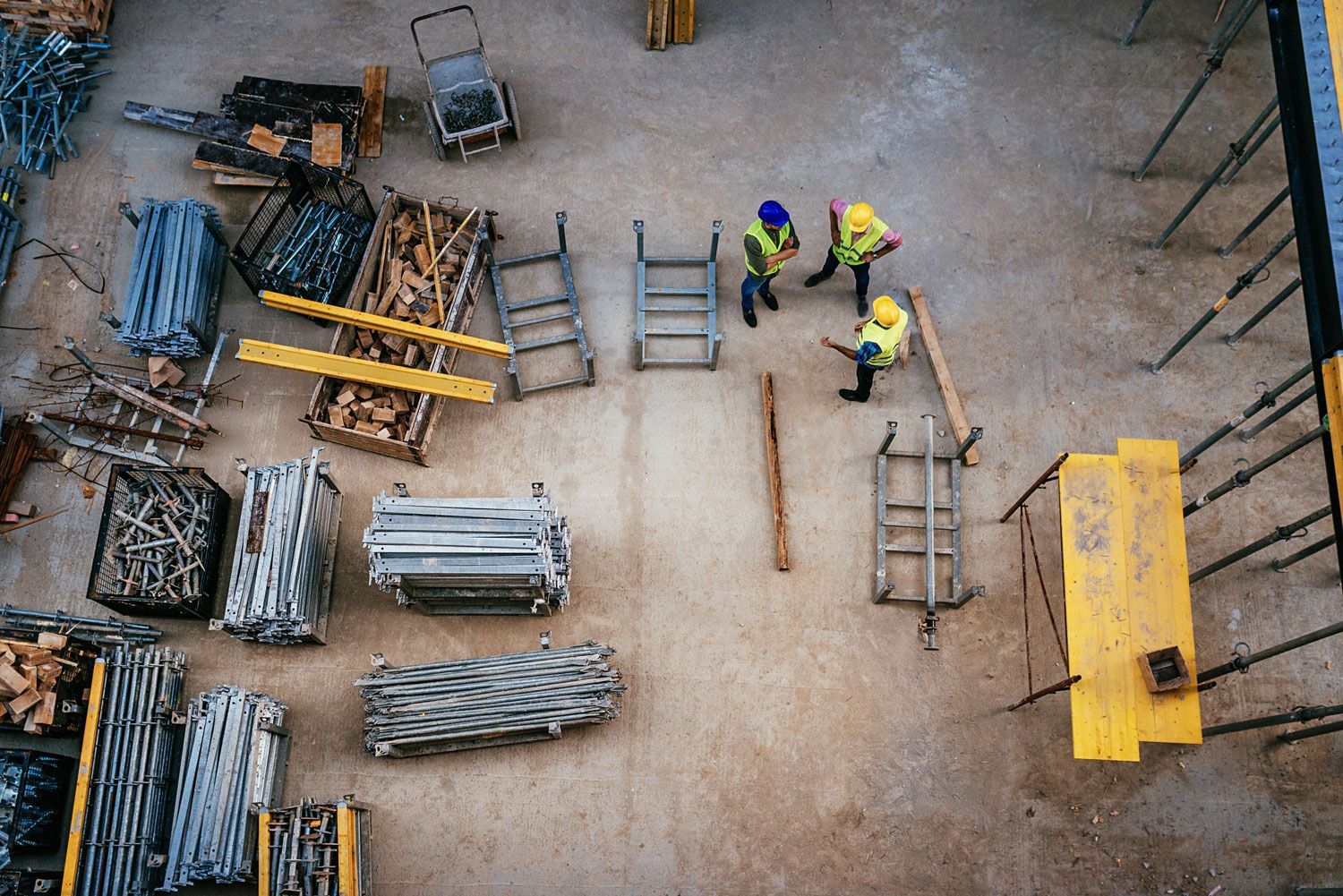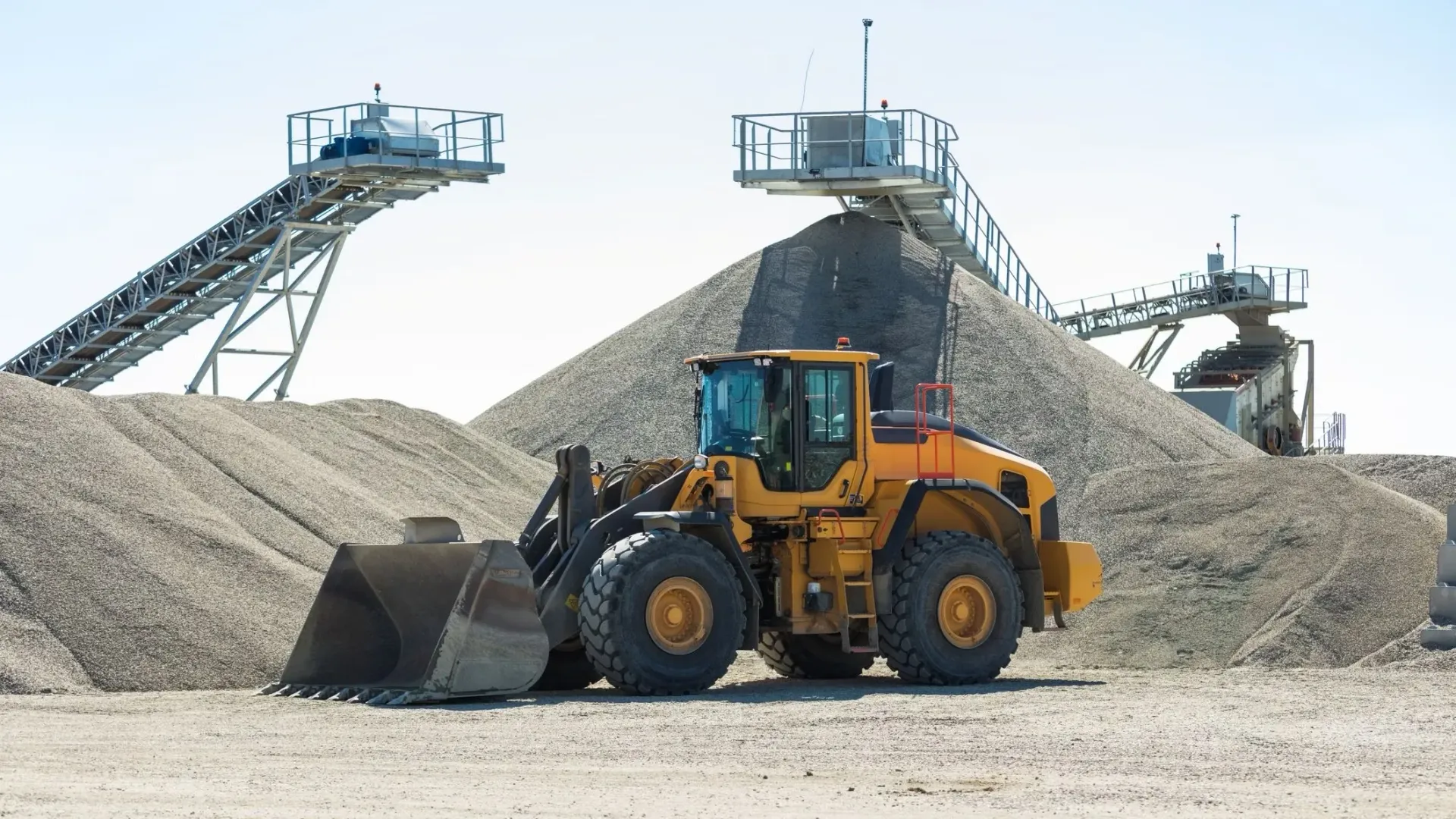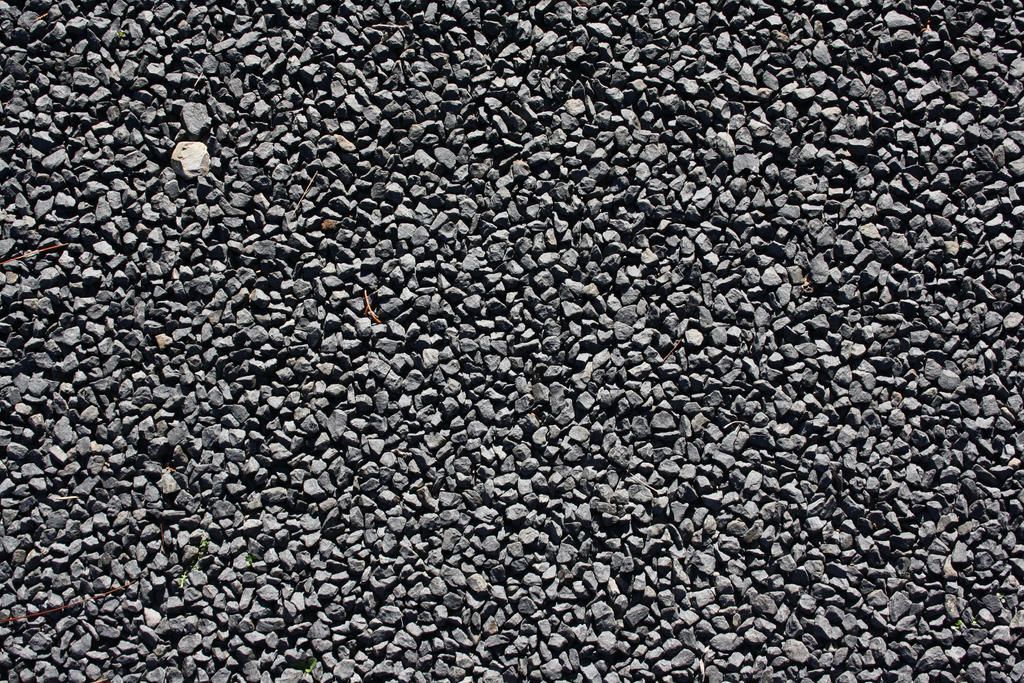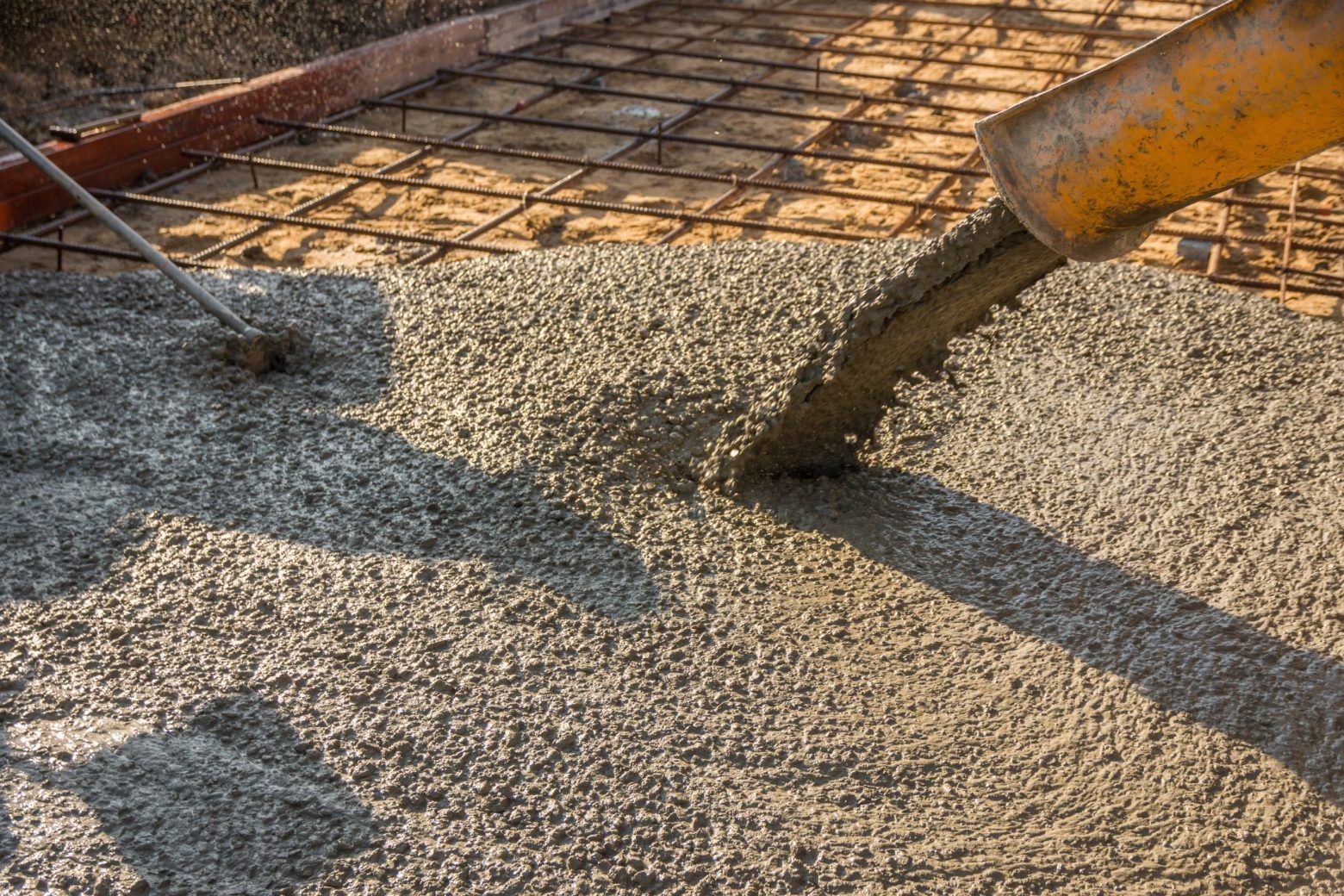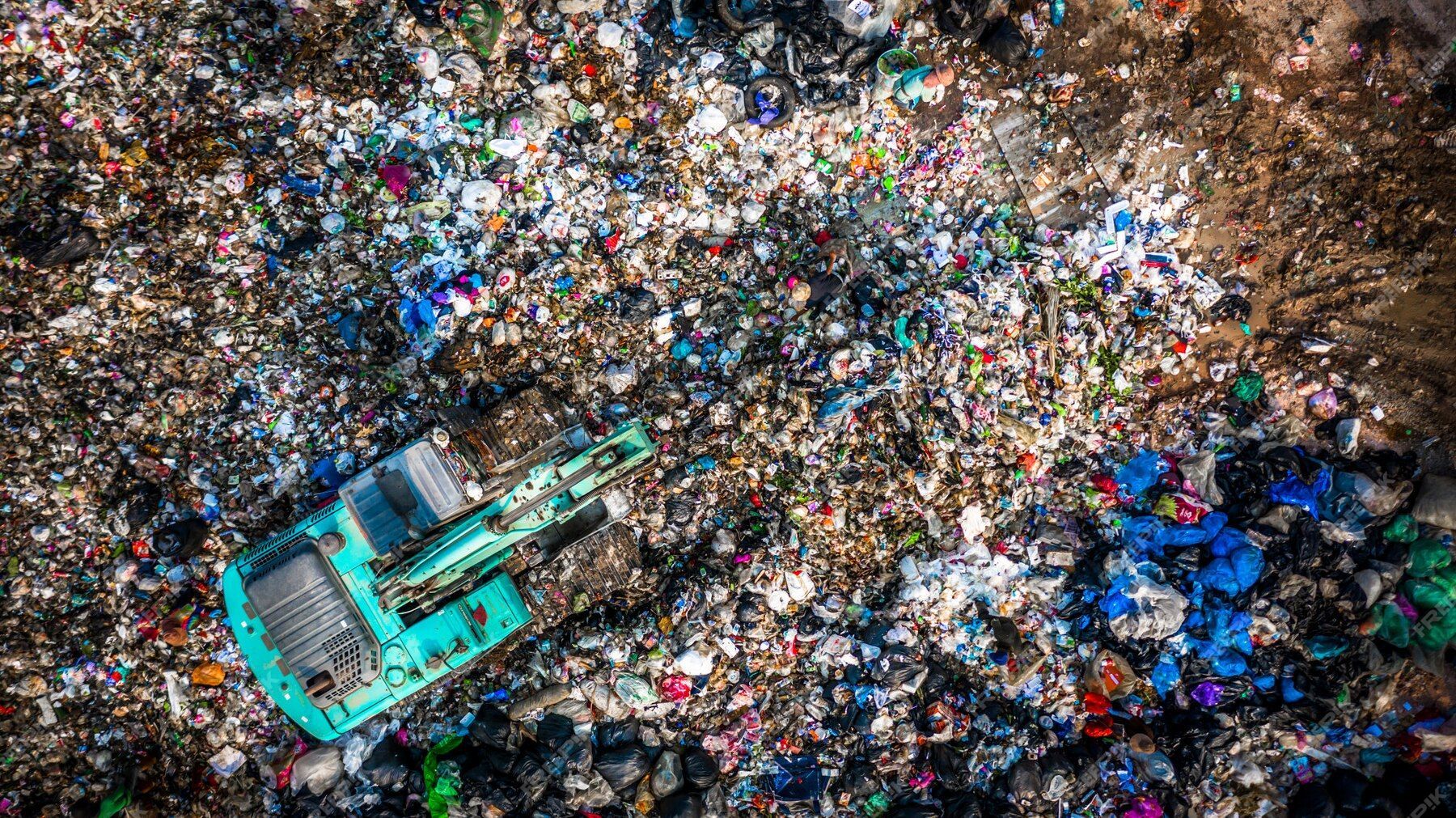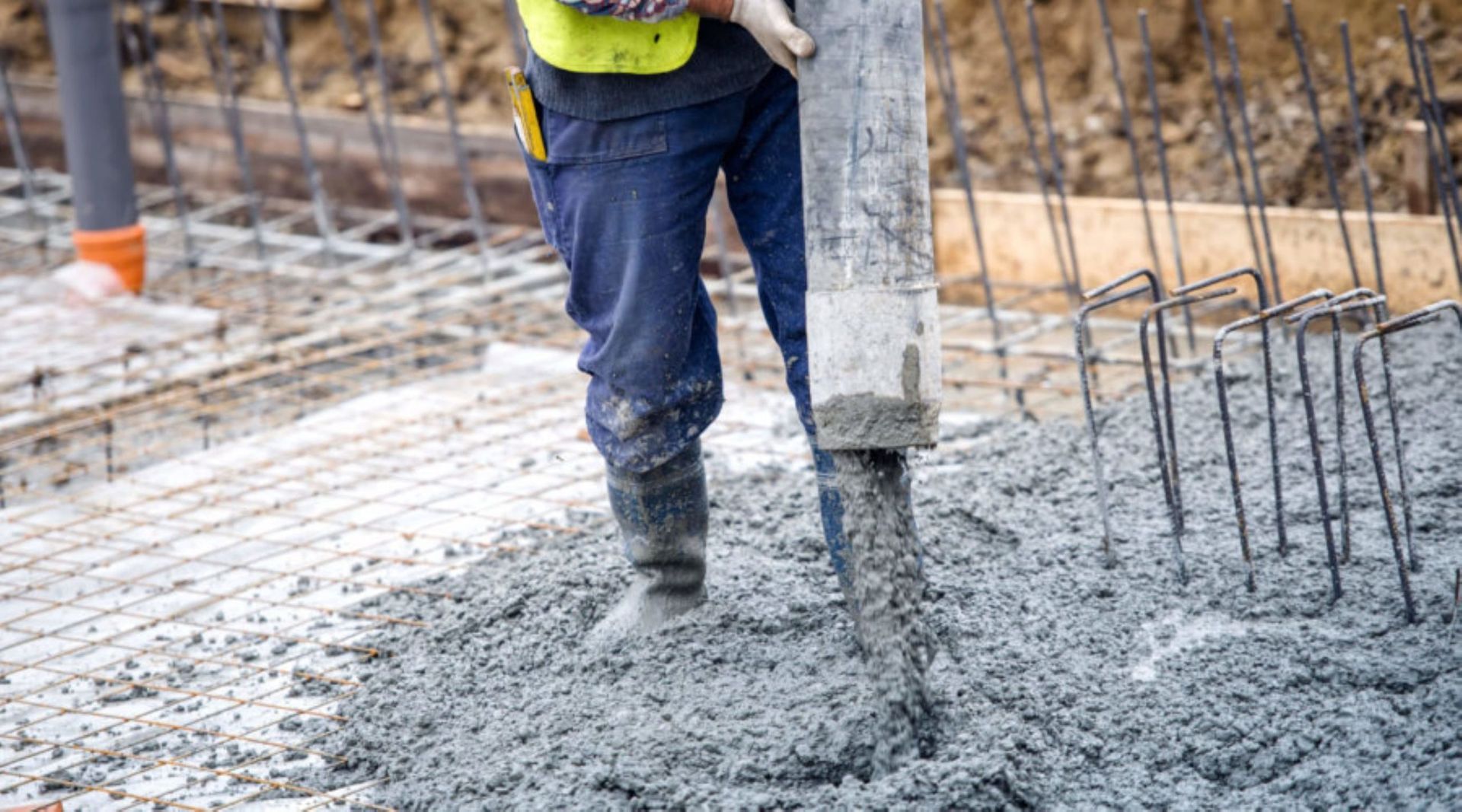What Are the Different Types of Concrete and Which is Right for Me?
Almost everywhere you look, there will be concrete in sight. This substance, created by mixing specific amounts of water, cement, and aggregates, provides strength, durability, and resistance to structures. Most importantly, however, there are many different types of concrete which have differing properties. These properties make them applicable to certain situations and needs.
This guide will help you to understand your requirements so you can choose the type which is most appropriate for your project.
2 Concrete Mixes and 2 Ways of Mixing Them
There are two different types of concrete mixes. Nominal mixes have a prescribed cement-aggregate ratio and this is where its strength is derived from. Design mixes get their strength from the actual materials used - water, fine aggregate (sand), coarse aggregate, cement, chemicals, soil, and reinforcement.
There are also two ways of mixing concrete. On the one hand, it can be put into a machine cement mixer which results in a smoother concrete mix. Hand mixing is where the ingredients are placed in a barrow and mixed using spades and shovels with water. Which mixing technique you use largely depends on the quantity and quality you seek.
Normal Strength Concrete
With this standard type of concrete, water, sand, and aggregate are mixed in a 1:2:4 ratio. It takes roughly an hour to set and it’s best used for paving slabs or buildings that don’t require a high-tensile strength reinforcement. It also doesn’t withstand stresses created by wind and vibrations well.
Ordinary Concrete
Also using the 1:2:4 ratio, this is a more durable option. Again, it isn’t suited to high tensile situations like vibrations and wind but it lasts a long time. This is why this type of concrete is used in dam building. Both Normal Strength and Ordinary Concrete are popular options because they use cheap ingredients which are easy to mix.
Reinforced Concrete
Invented way back in the 19th century, it’s no overstatement to suggest that this type of concrete changed the construction industry. Adding ‘rebar’ (wires, steel rods, cables) to the mix means that it forms a much stronger connection. This provides reinforcement against compressive forces and a variety of other stressed situations. Large buildings, bridges, and roads rely on this type of concrete and recently, fibre has been used as a modern type of rebar.
Prestressed Concrete
Similar to reinforced concrete, this type also uses bars and tendons but they’re stressed before they are applied to the mix. These bars are placed at the ends of the concrete which will be in contact with another surface. When it sets, the bottom half of the concrete is much stronger and more resistant to high tensile stresses. This makes it a great option for bridges or roofs which must span large areas. It does, however, require skilled labour and heavy machinery which is costly.
Precast Concrete
In contrast to prestressed concrete, this type is made using casts in a factory and these units are then transported to the site to be constructed. These are usually used for concrete blocks, poles, precast walls, and staircases. Their main advantage is that they can be assembled very quickly and, being made in a factory, they are consistently of a high quality.
Lightweight Concrete
Any concrete that has a density less than 1920 kg per meter cubed is classed as ‘lightweight.’ This is created by using much lighter aggregates which contribute less to the density of the final product. Artificial materials like clay, perlite, and vermiculite may be added to natural minerals like pumice and scoria. It’s an important variant because it’s especially poor at conducting thermal energy. This makes it good to protect large steel structures and as foundational building blocks.
High-Density Concrete
Any concrete with a density higher than 3000 kg per meter cubed is classed as being ‘high-density.’ In contrast to lightweight concrete, this type uses much heavier aggregates like crushed rocks, specifically barytes. This is a useful type of concrete because it aids radiation resistance, making it a primary choice for constructing atomic power plants and storage facilities.
Air-Entrained Concrete
This is much more of a situationally-driven concrete choice. Air-Entrained Concrete has billions of microscopic air cells in each cubic foot. These relieve the internal pressure on the concrete because they provide small chambers where water can expand freely upon freezing. To accomplish this, alcohols, resins, and fatty acids are added at the mixing process. It’s an expensive process which requires expert engineering skills. However, it’s used wherever concrete is required in freezing climates.
Ready-mix Concrete
This is the concrete that you see on the motorway being mixed in a circular motion whilst driving. It’s a concrete which is mixed in factories based on very precise specifications. An issue to bear in mind is the distance and time it takes to get from the factory to the worksite. For some mixes, agents can be added to delay the speed at which the concrete sets to relieve this pressure.
Volumetric Concrete
This type of concrete was especially created to resolve the fact that ready-mix isn’t suited for long distances. Volumetric concrete involved carrying the ingredients separately and combining them at the site rather than in the factory. On the one hand, this allows for multiple types of concrete to be mixed, and in different rations. This makes it most useful for very large projects. On the other hand, it requires a specialised truck called a ‘volumetric mobile mixer.’
Decorative Concrete
Wherever aesthetics are a priority, decorative concrete is often used. Here, concrete is coloured, moulded, polished, and etched into particular patterns and shapes. Toppings like tiles can also be applied. This is a common option in swimming pools and the flooring of particularly busy places.
Rapid-Set Concrete
As its name suggests, this is a solid option if you’re in a hurry. Because it sets very quickly and is resistant to low temperatures, it can be used any time of the year. Because of these properties, it’s mostly used in colder weather through winter where other types of concrete are less workable.
Smart Concrete
Although this isn’t widely available just yet, it’s likely to be the concrete of the future. Small carbon fibres are added whilst the concrete is mixed which affect the electrical resistance of the concrete when it encounters strain or stress. This means it can be used to detect potential problems with the concrete before it fails. This would be particularly useful for cities with a higher risk of earthquakes as it allows engineers to keep a check of the health of concrete structures much more accurately than trying to judge this visually.
Pervious Concrete
This is a common concrete for building roads and pavements which excludes sand from its ingredients to make a more porous structure, which allows water to pass through its layers. It’s specifically designed to create natural runoff streams which lead to pools of water and puddles. Some are able to pass several gallons of water per minute! Roadways that use this type of concrete have fewer hydroplaning issues, less tire spray and snow build-up, and it reduces the need for storm sewers.
Pumped Concrete
Pumped concrete is usually what makes up the flooring of tall buildings. This is because it’s a workable concrete that can easily be transported by a flexible pump to a higher floor. This is often the only way concrete can be added to some locations. For a mix which flows, a finer aggregate is the right choice whereas thicker aggregates flow less easily but are stronger. They are mostly used to create large floor spaces, in swimming pools and tanks, and on roadways and bridges.
There is a type of concrete for just about every situation or requirement. Whether you need decorative concrete for a swimming pool, smart concrete for buildings in earthquake-risk zones, rapid-set concrete for a quicker finish, or pervious concrete for weather resistance. After having read this guide, you should have a better understanding of your requirements so you can make a more informed decision.
If you have any further questions about concrete, or any of our other services like quarry products, recycled aggregates, or landfill, then don’t hesitate to get in touch by calling 01389 762271 today!
